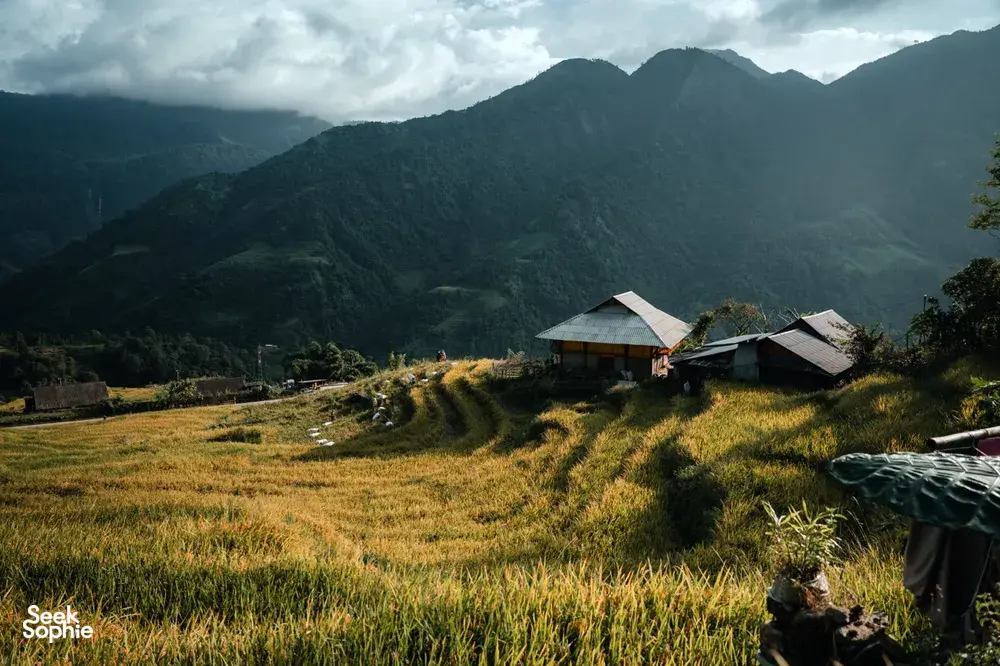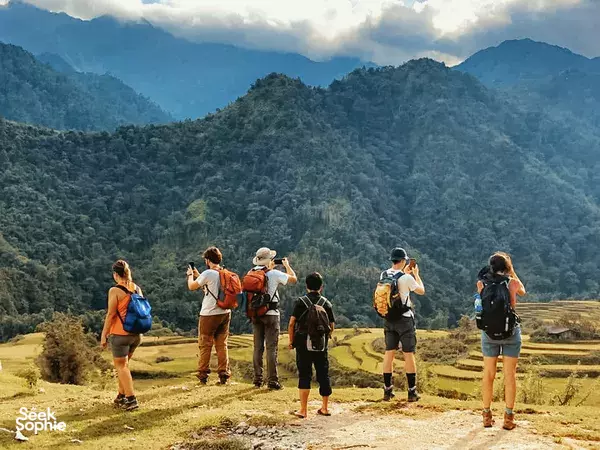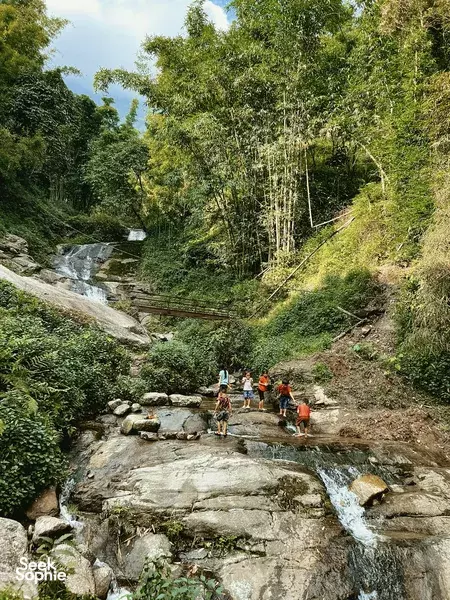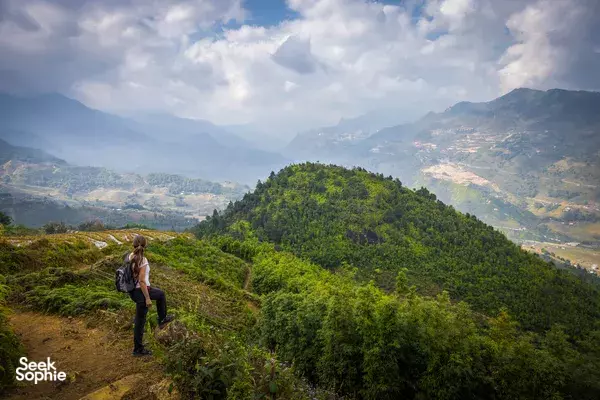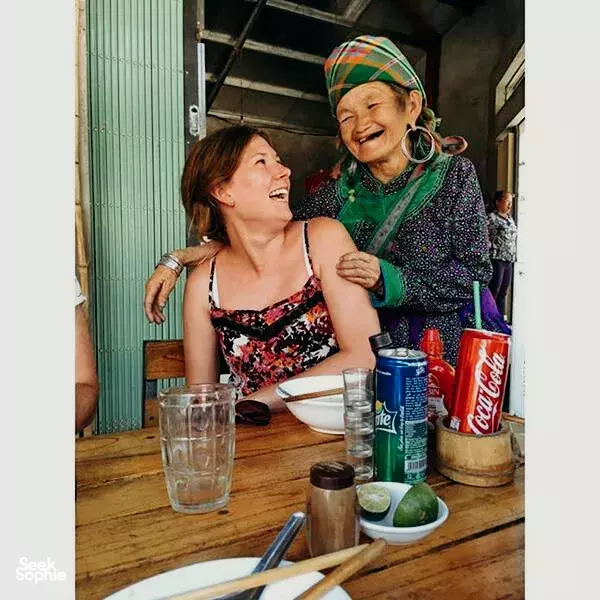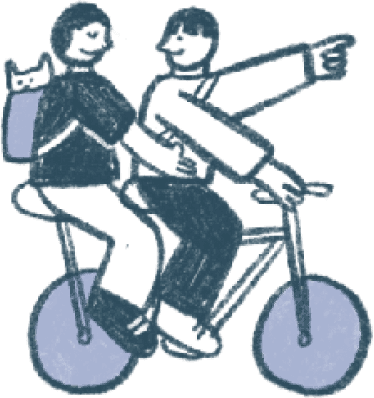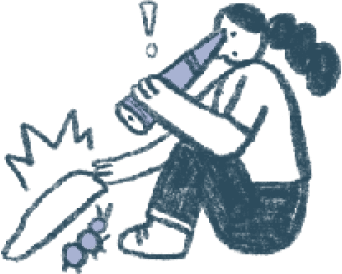Hiking in Sapa
Explore hill tribe villages and maybe even conquer Vietnam's tallest peak.
Our Favourite Finds
All Hiking in Sapa
Mount Fansipan HikesHike Vietnam's highest peak! You can choose to hike up and take the cable car down
Browse Collection
Love letters from our guests
Hiking in Sapa FAQs
How do I get to Sapa?
The two most popular modes of transport to Sapa are via bus or train. The bus is a bit cheaper and has daily departures, while the train is a little more expensive and departs less frequently, but it's a more comfortable and private experience as you can have a private or semi-private (share only with a few people) cabin.
You can check out and book either options here:
- Hanoi-Sapa Bus
- Hanoi-Sapa Express Train
What is the weather like in Sapa Vietnam?
Sapa, Vietnam, experiences a subtropical highland climate with distinct seasons and varying temperature ranges.
- Spring (March to May): Spring brings mild temperatures and blooming landscapes, making it ideal for trekking with temperatures ranging from 15°C to 25°C (59°F to 77°F).
- Summer (June to August): Sapa's summer is warm and wet, with occasional heavy rains and temperatures ranging between 20°C and 30°C (68°F to 86°F). It can get foggy during this season.
- Autumn (September to November): Autumn is a popular time to visit Sapa with clear skies and comfortable temperatures ranging from 15°C to 25°C (59°F to 77°F), perfect for outdoor activities and trekking.
- Winter (December to February): Winter in Sapa is cold, with temperatures dropping to near freezing, ranging from 0°C to 10°C (32°F to 50°F). It's the best time to witness snowfall in the region, offering a unique experience for travelers.
The best time to visit Sapa depends on your temperature and weather preferences. Spring and autumn offer milder temperatures and clear skies, while summer showcases lush greenery, and winter provides the opportunity to experience the beauty of snowfall.
What is Sapa Vietnam known for?
Sapa, Vietnam is renowned for its breathtaking mountainous landscapes, vibrant ethnic cultures, and trekking opportunities. This picturesque region is celebrated for its terraced rice fields, which offer stunning vistas and are a testament to the ingenuity of local farmers. Travelers are drawn to Sapa to experience the unique traditions and lifestyles of various ethnic minorities, including the Hmong, Red Dao, and Tay communities. Sapa is also known for its cool climate, making it a popular destination to escape the heat of the lowlands. Outdoor enthusiasts flock to Sapa for its trekking and hiking adventures, providing a chance to explore the natural beauty of the Hoàng Liên Son mountain range including climbing Mount Fansipan, the roof of Indochina. Additionally, the region offers visitors the opportunity to relax in traditional Red Dao herbal baths, further enhancing its appeal.
How difficult are the hikes in Sapa?
- The hikes among the rice terraces are quite easy and can be modified for your particular skill level.
- The most challenging hike is the climb to the summit of Mt Fansipan. Mt Fansipan's altitude is 3,147 meters and although it's not a very long hike, it is pretty steep. You don't have to be a trained mountain climber, but we do recommend that you are comfortable with moderate physical activity a few hours at a time. Best part is that you can take the cable car on the way down if you have no more energy for the descent 😅.
How many days is enough for Sapa Vietnam?
Most travellers come to Sapa for 2-3 days. We’d highly recommend spending at least 3 days here.
Day 1: Arrive in Sapa town from Hanoi in the morning. Spend the rest of your day wandering about Sapa town and the little cafes here. Spend the night in Sapa town.
Day 2: Start your 2D1N trekking and homestay trip in Sapa valley. Take the ones that go a bit further away from the tourist trails so you can really appreciate the beauty of Sapa away from the crowds. Overnight at a homestay.
Day 3: Explore rice paddies, local villages and enjoy the warm hospitality of the Sapa peoples. Finish your adventure at 8:30pm in the evening. Take a sleeper bus to Hanoi back at 10pm.


